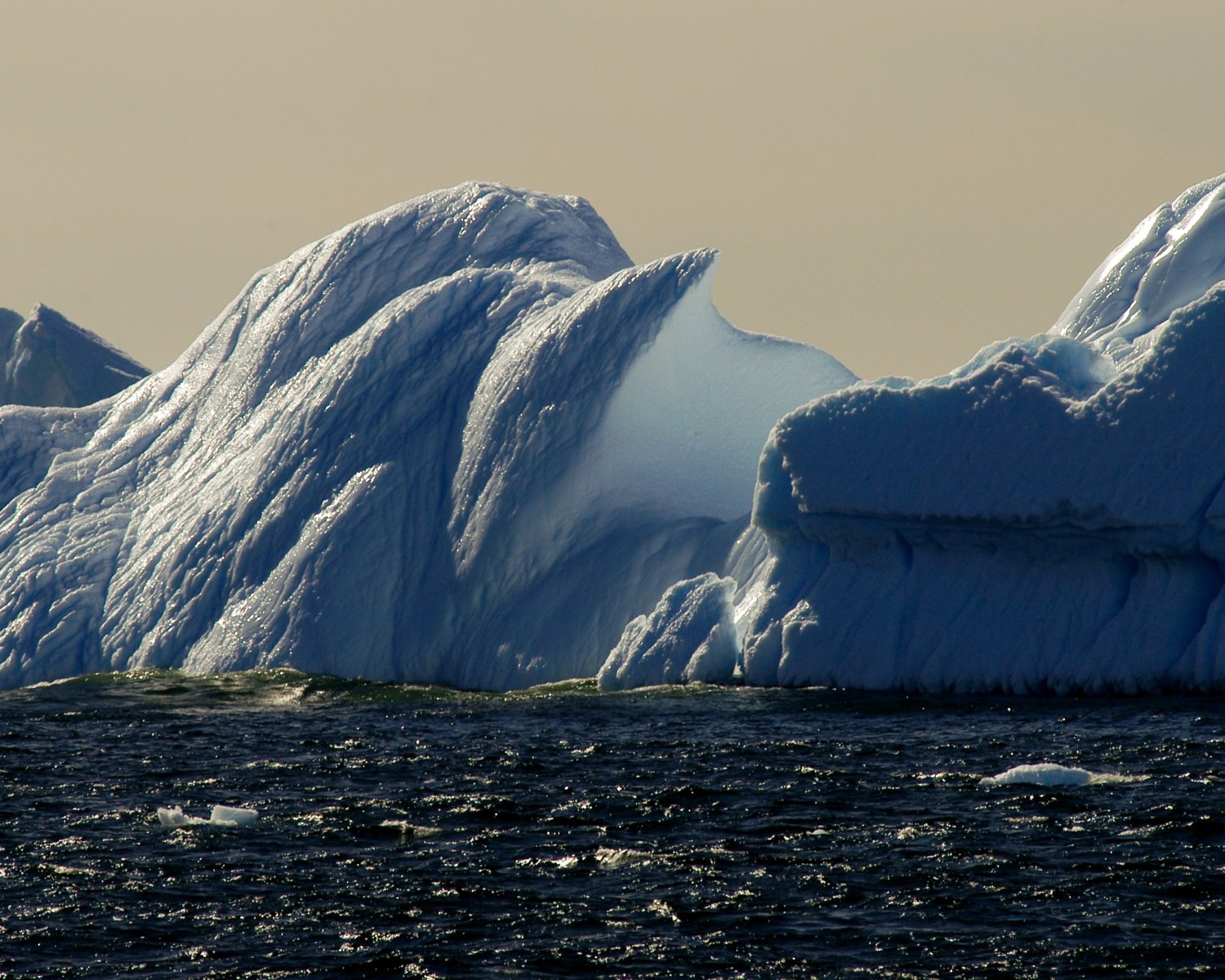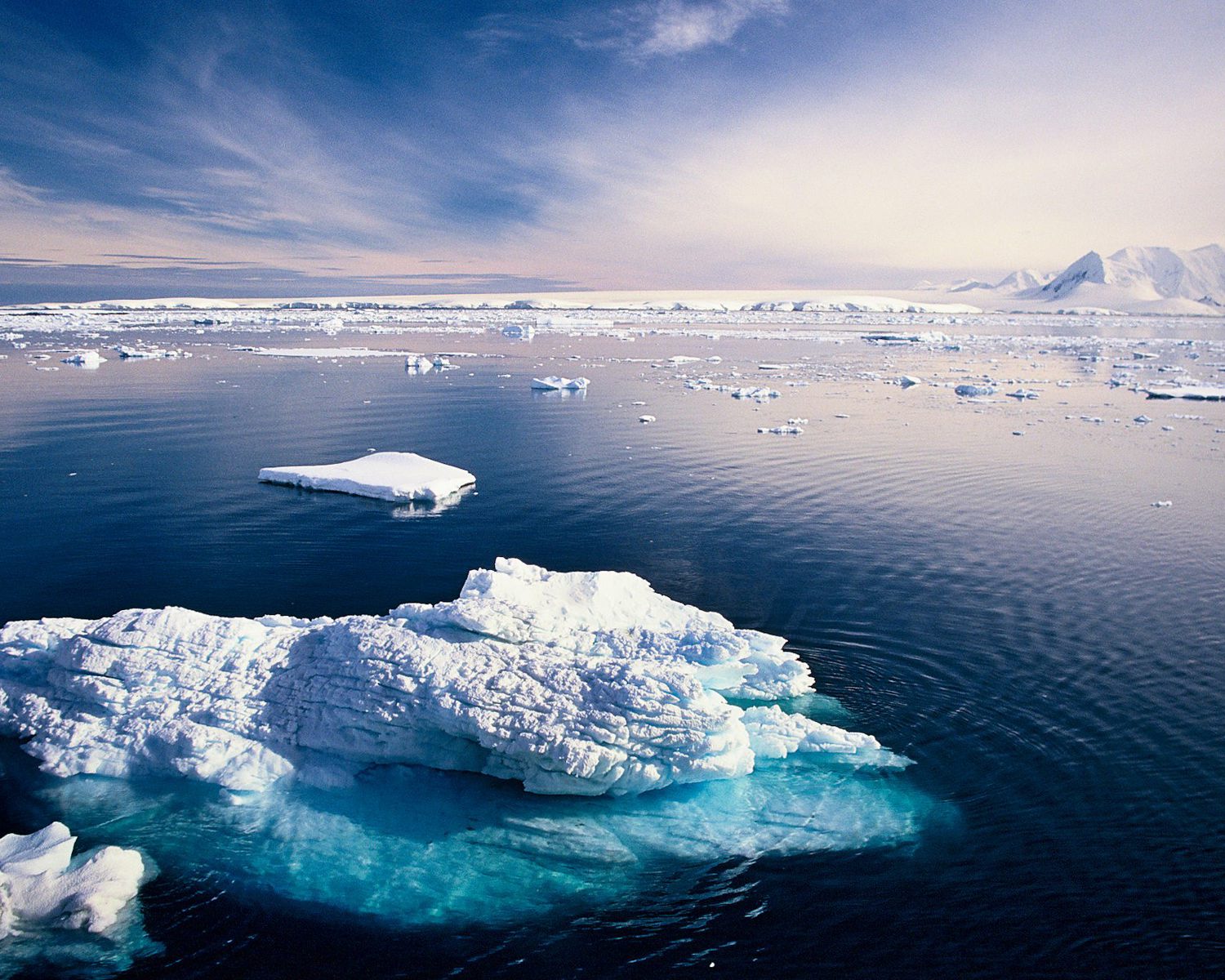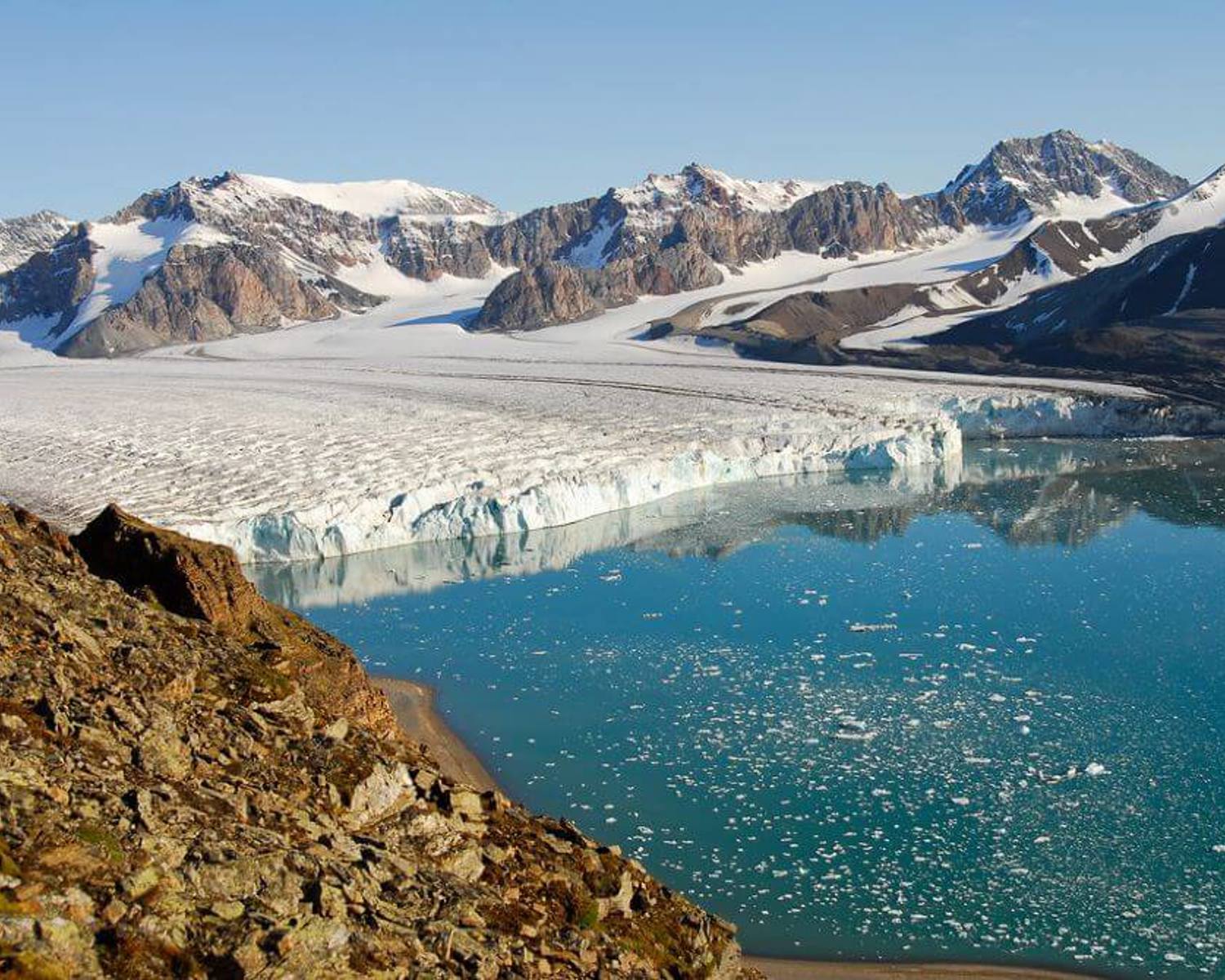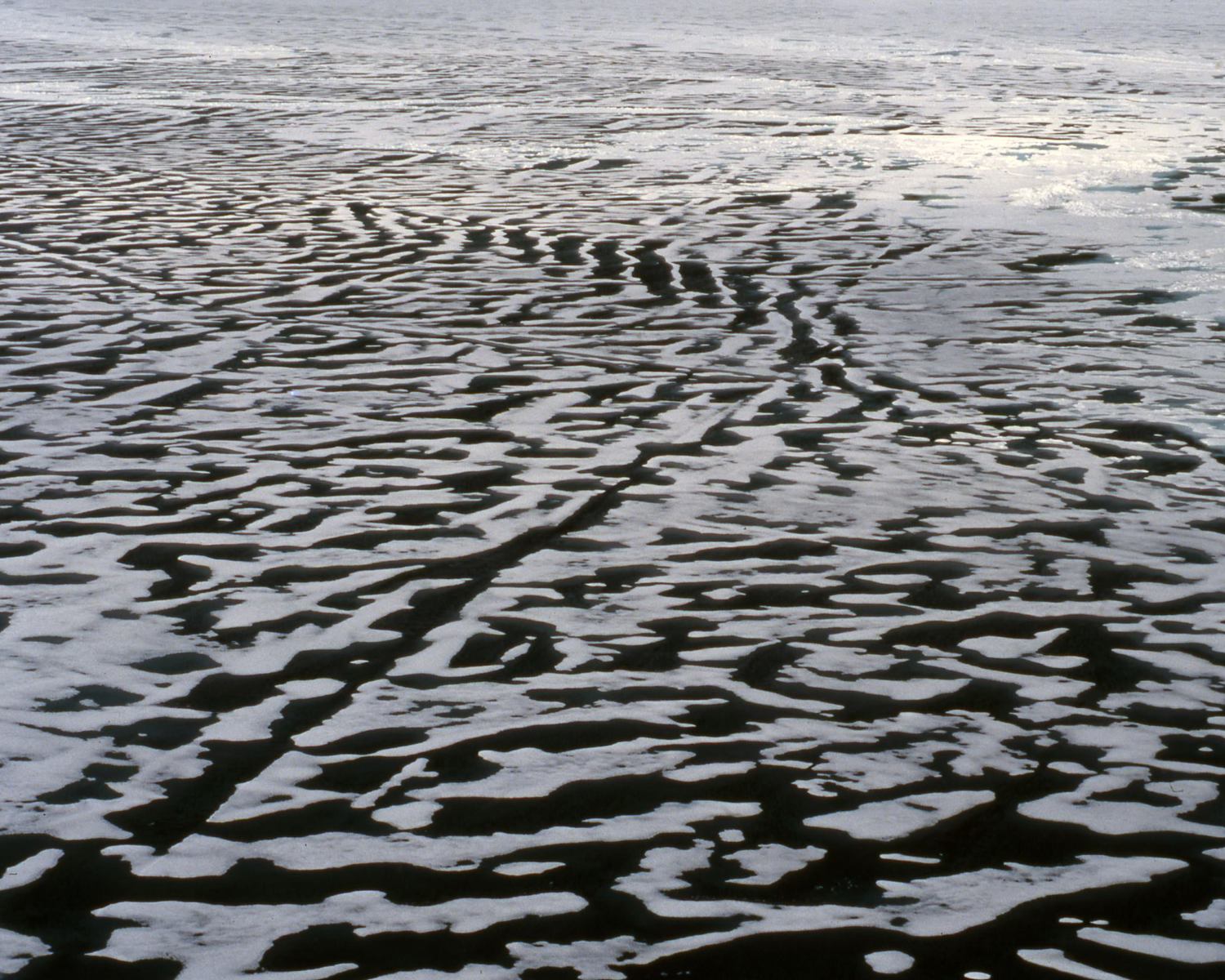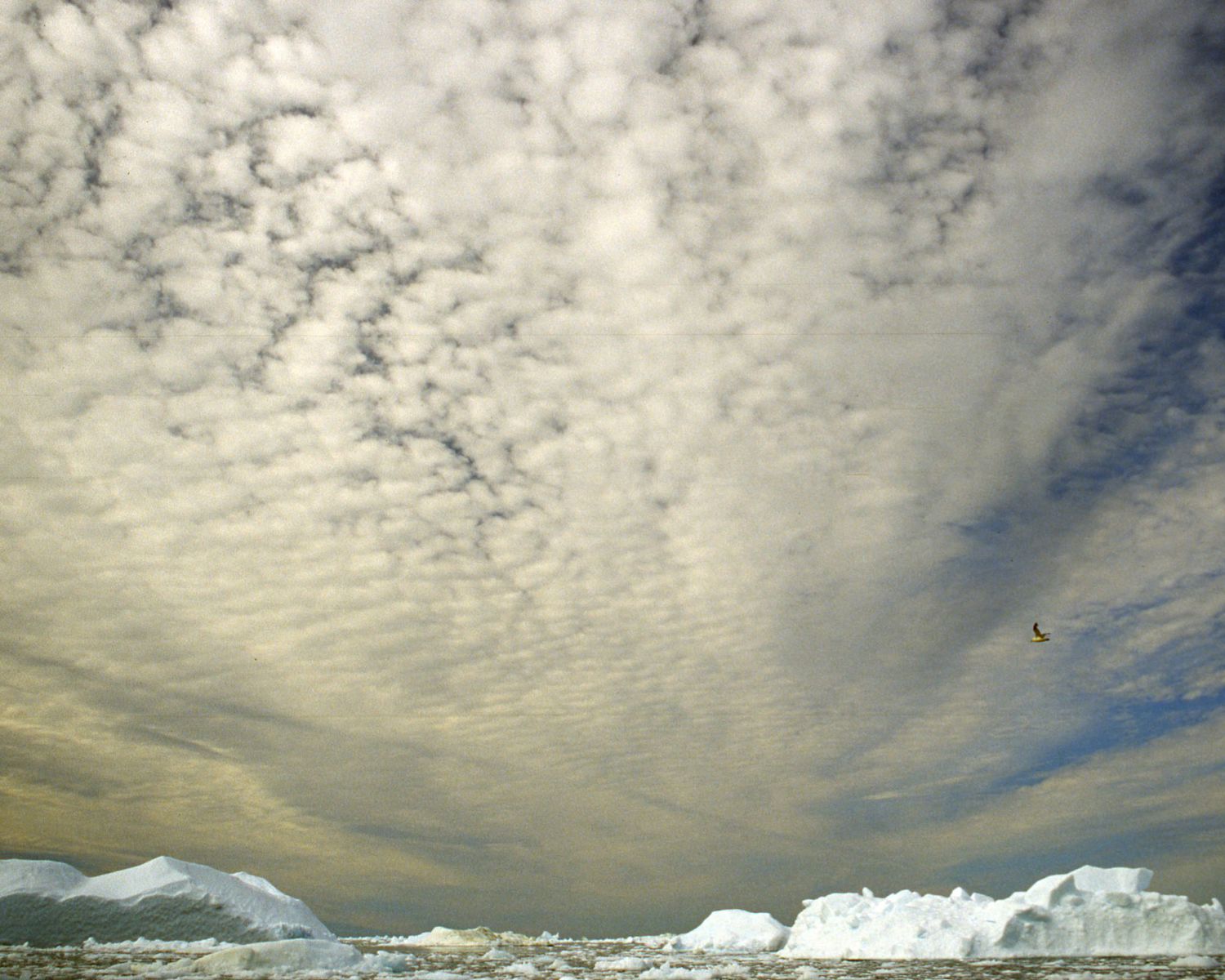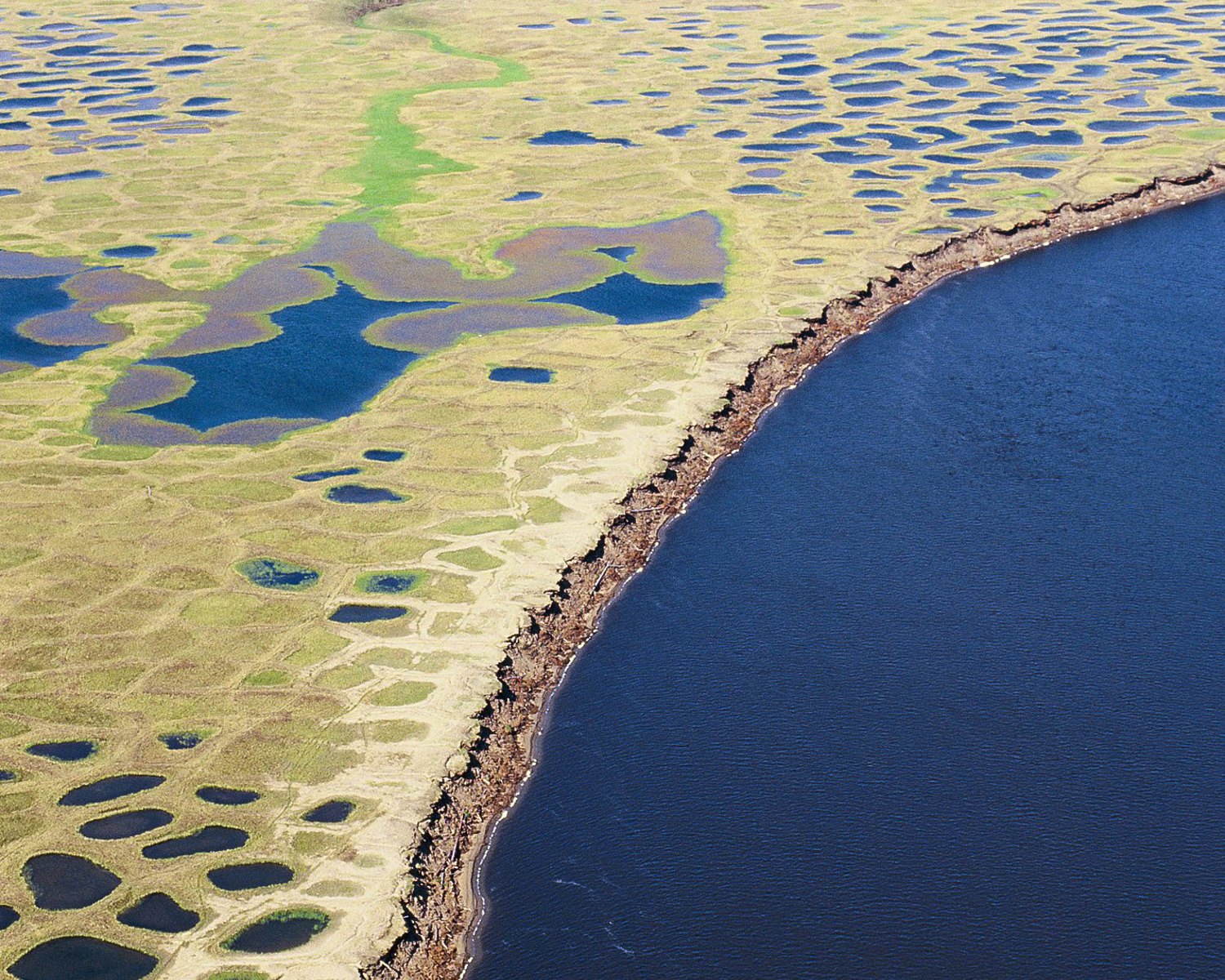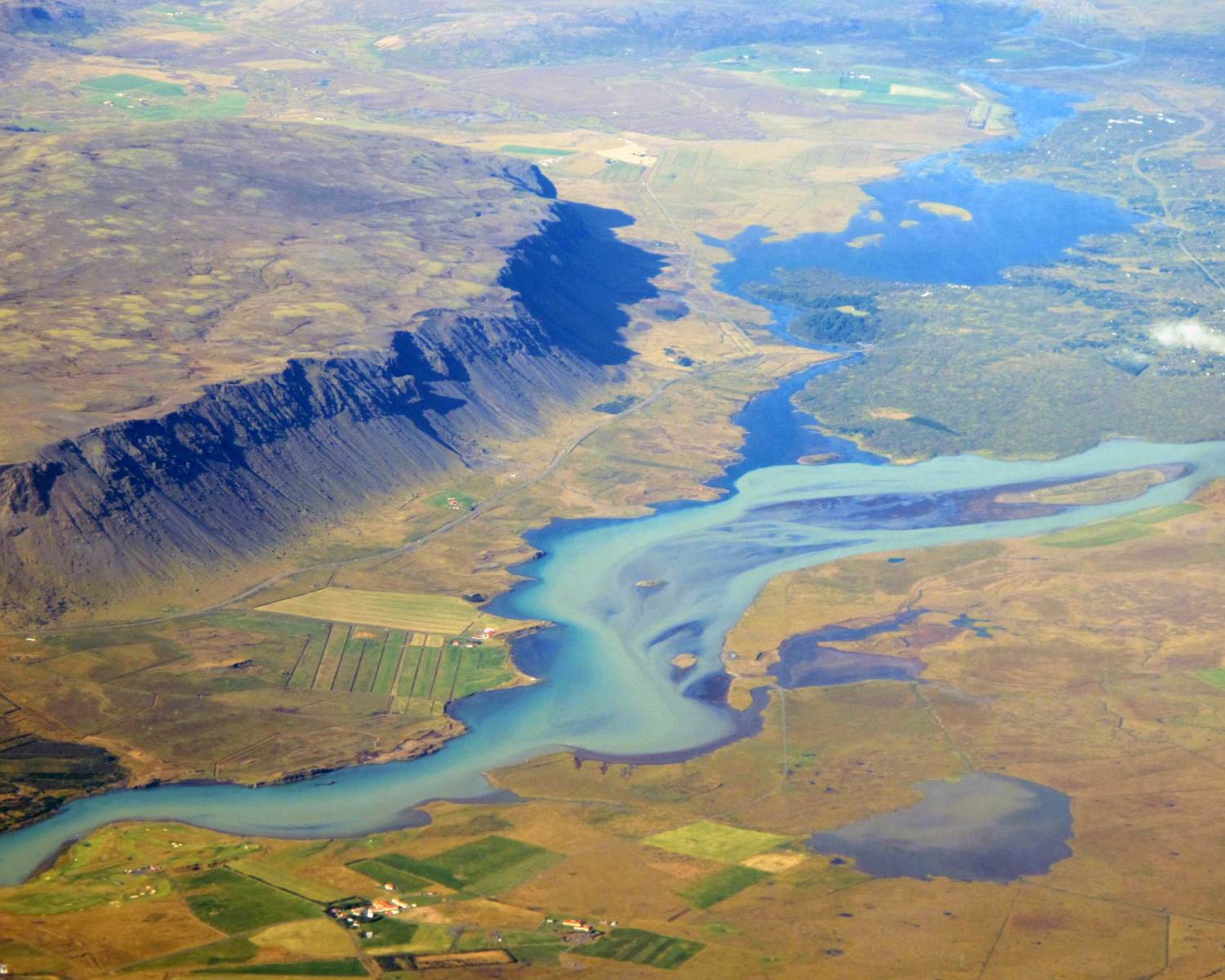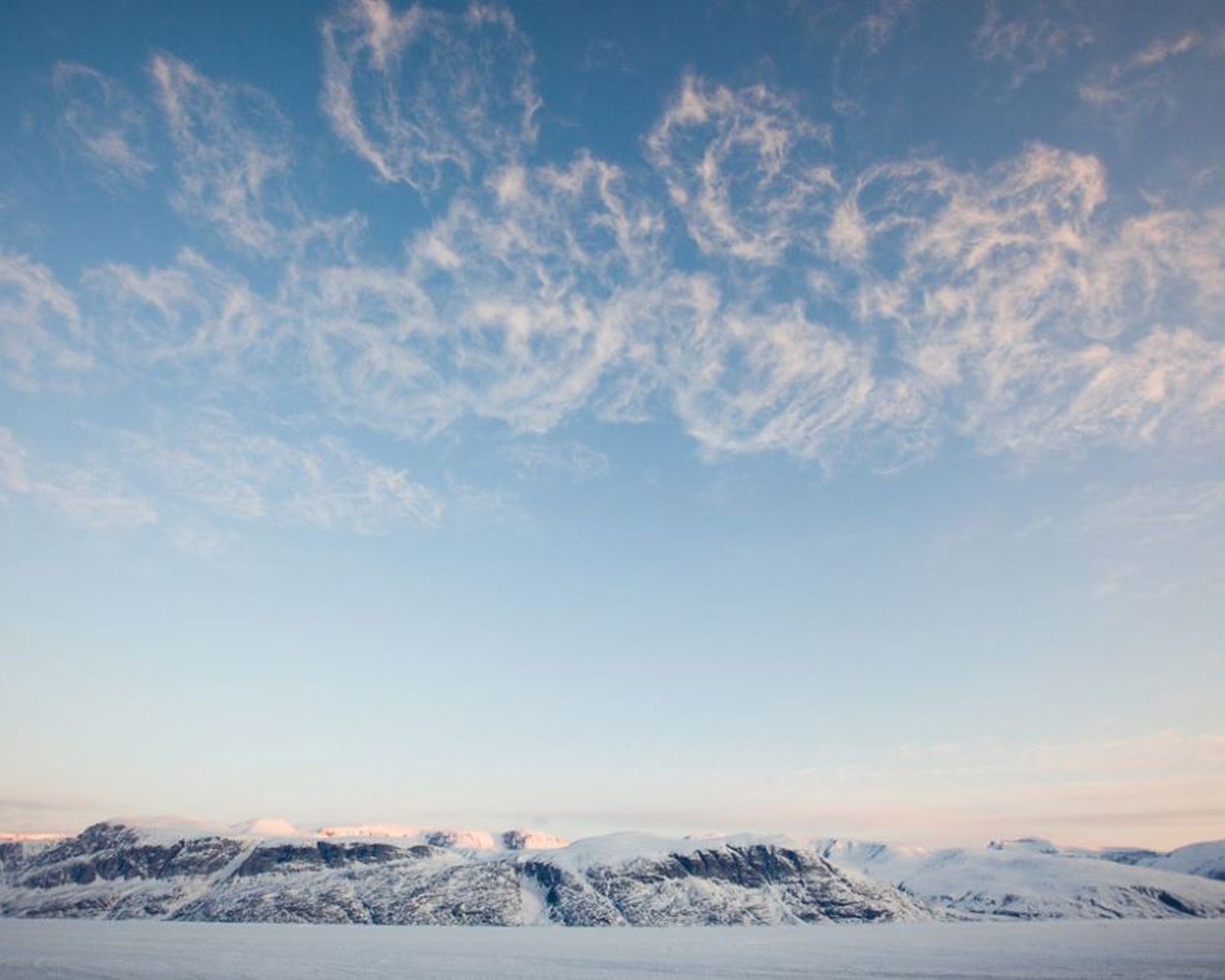Snowfall enhancement

With the exception of some regions like Antarctica, global snowfall amount and frequency have decreased, and the timespan during which snow cover remains has shortened (Zender 2012). This has multiple effects on human and natural systems as it influences widely diverging processes such as reducing surface albedo and changes in the hydrological cycle.
There have been sparse references to the use of cloud seeding over Arctic and Northern areas as a means of countering some of the effects of climate change (see for example https://groups.google.com/g/geoengineering/c/dm7DqAanhhA/m/JsjYMQKA4CQJ). Some have suggested using it specifically over glaciers (see Stabilizing glaciers by cloud seeding). Yet, most studies focus on cloud seeding as a means to ensure water security. Precipitation enhancement and weather modification has a long history, with the first modern field trials with the 'seeding' of clouds by airplanes starting after WW2. The idea behind 'glaciogenic' cloud seeding is that introducing silver iodide (AgI) particles into supercooled clouds will encourage nucleation and growth of particle size, thereby allowing more water to leave the cloud in the form of precipitation.
Analysis overview

Technological Readiness Level (TRL)
High 3
The history of research into weather modification is quite expansive, and saw significant expansion in the second half of the twentieth century (Fleming, 2010). Although the technology already exists, and is being used commercially around the world, especially to encourage rainfall, the main and longstanding issue with snow enhancement experiments is that it is extremely difficult to show if specific cloud seeding missions resulted in a significant increase in snowfall, or if this was already expected to fall without any active seeding action (Geerts et al. 2010; Geerts and Rauber, 2022). In cloud seeding circles the belief in the potential of the technology has always been strong (see, for example, Huggins, 2009, or most other articles in the main weather modification journal The Journal of Weather Modification), and promises that definite proofs would be delivered within years have been often repeated since the 1970s (Fleming, 2010). More recently there has again been much excitement in the cloud seeding community as a combination of several measurement advances will perhaps finally be able to definitively prove the effect of seeding (Friedrich et al. 2020).
There have been several major studies in the US, like the Seeded and Natural Orographic Wintertime Clouds – the Idaho Experiment (SNOWIE), but the most expansive study with glaciogenic seeding was The Wyoming Weather Modification Pilot Program, which ran from 2005 to 2014. The project initially reported major precipitation increases, although a statistical evaluation study four years later found that the project was not statistically significant as it had failed 'to reject the null hypothesis that there is no seeding effect' (Rasmussen et al. 2018).
Technological Readiness Level (TRL)
A technology with a TRL of 7-9: TRL 7 – prototype demonstrated; TRL 8 – system complete; TRL 9 – system proven

Scalability
Low 1
Scalability
Physically unable to scale; sub-linear/logarithmic efficiency of scalability

Timeliness for near-future effects
Low 1
Timeliness for near-future effects
Implemented too late to make a significant difference

Northern + Arctic potential
Low 1
Northern + Arctic potential
No noticeable extra positive effect beyond the global average; technology is unsuited to the Arctic

Global potential
Low 1
Global potential
Insignificant to be detected at a global scale

Cost - benefit
Prohibitive 1
Cost - benefit
Cost of investment comparable to cost of avoided damage

Environmental risks
Low risk 3
Environmental risks
Very limited, site-specific effects restricted to the solution deployment location only

Community impacts
Neutral 2
Community impacts
Unnoticeable or negligible positive or negative effects

Ease of reversibility
Easy 3
Ease of reversibility
Easily reversible naturally

Risk of termination shock
Low risk 3
Risk of termination shock
Low or insignificant termination shock or damage

Legality/governance
Possible 3
Cloud seeding is already practiced by companies and states around the world. The main provision is that it cannot be used for military purposes following the 1977 Environmental Modification Convention. Some commentators warn cloud seeding could lead to major geopolitical tension around water redistribution in the future (Chen et al. 2017; Shevchenko and Horiacheva, 2017; de Guglielmo, 2021).
Legality/governance
Currently legal to deploy, with governance structures in place to facilitate it and/or financial incentives to develop it

Scientific/media attention
Medium 2
Scientific/media attention
Some attention within the scientific community, including published research and funding programmes; some media attention; some commercial interest
References
Chien, S. S., Hong, D. L., & Lin, P. H. (2017). Ideological and volume politics behind cloud water resource governance–Weather modification in China. Geoforum, 85, 225-233. https://doi.org/10.1016/j.geoforum.2017.08.003
de Guglielmo, M. (2021). Geopolitics of clouds: Weather modifications strategic and security issues. Revue internationale et strategique, 121(1), 29-37. https://doi.org/10.3917/ris.121.0029
Fleming, J. R. (2010). Fixing the sky: the checkered history of weather and climate control. Columbia University Press. 344pp. ISBN: 9780231144131
Katja Friedrich, Kyoko Ikeda, Sarah A. Tessendorf, Jeffrey R. French, Robert M. Rauber, Bart Geerts, Lulin Xue, Roy M. Rasmussen, Derek R. Blestrud, Melvin L. Kunkel, Nicholas Dawson, and Shaun Parkinson. (2020). Quantifying snowfall from orographic cloud seeding. PNAS. https://doi.org/10.1073/pnas.1917204117
Geerts, B., Miao, Q., Yang, Y., Rasmussen, R., & Breed, D. (2010). An airborne profiling radar study of the impact of glaciogenic cloud seeding on snowfall from winter orographic clouds. Journal of the Atmospheric Sciences, 67(10), 3286-3302. https://doi.org/10.1175/2010JAS3496.1
Geerts, B., & Rauber, R. M. (2022). Glaciogenic seeding of cold-season orographic clouds to enhance precipitation: status and prospects. Bulletin of the American Meteorological Society, 103(10), E2302-E2314. https://doi.org/10.1175/BAMS-D-21-0279.1
Huggins, A. (2009). Summary of studies that document the effectiveness of cloud seeding for snowfall augmentation. The Journal of Weather Modification, 41(1), 119-126. https://wwdc.state.wy.us/weathermod/WYWeatherModPilotProgramExecSummary.pdf
Rasmussen, R. M., Tessendorf, S. A., Xue, L., Weeks, C., Ikeda, K., Landolt, S., ... & Lawrence, B. (2018). Evaluation of the Wyoming Weather Modification Pilot Project (WWMPP) using two approaches: Traditional statistics and ensemble modeling. Journal of Applied Meteorology and Climatology, 57(11), 2639-2660. https://doi.org/10.1175/JAMC-D-17-0335.1
Shevchenko, O., & Horiacheva, K. (2017). Impact of Weather Change Technologies on Global Security. Land Forces Academy Review, 26(4), 321-327. https://www.colorado.edu/today/2017/01/13/cloud-seeding-aims-increase-mountain-snowfall-power-generation
Zender, C. S. (2012). Snowfall brightens Antarctic future. Nature Climate Change, 2(11), 770-771. https://doi.org/10.1038/nclimate1730

